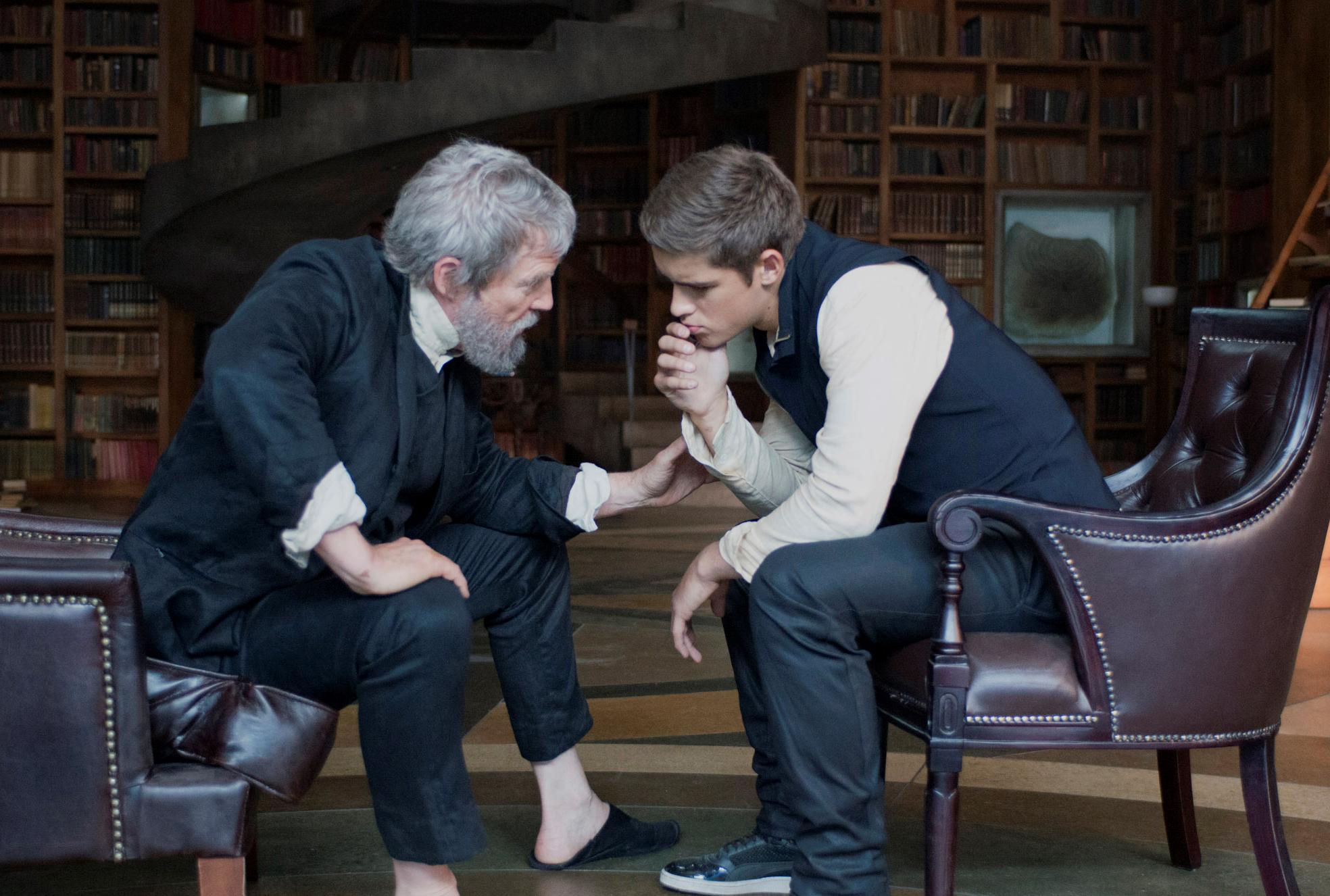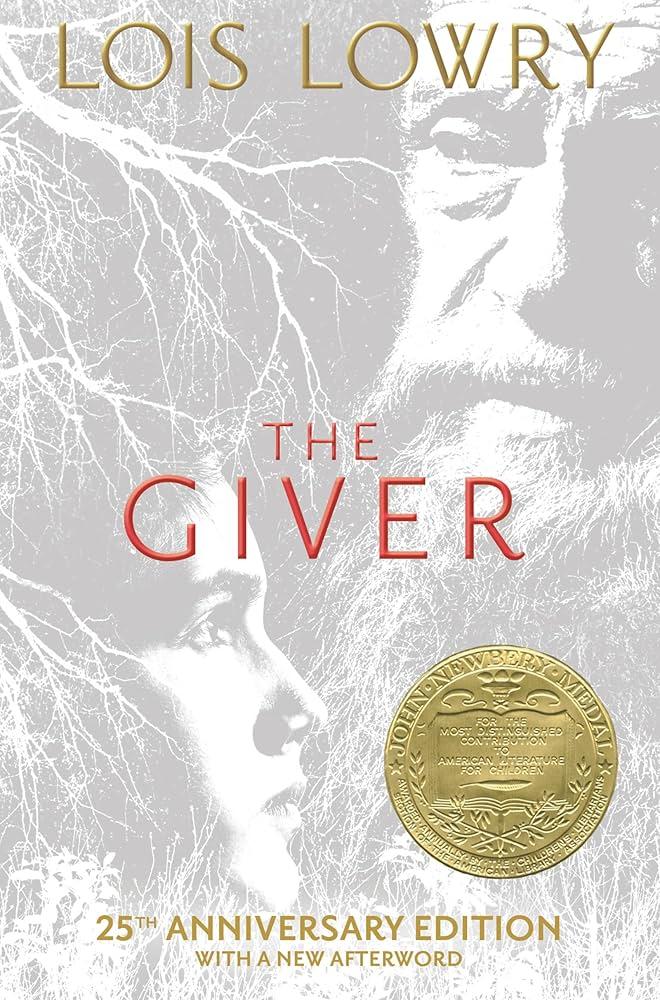In the realm of literature, few works have sparked as much debate regarding their thematic depth and narrative intentions as Lois Lowry’s “The Giver.” Often categorized as a seminal piece of young adult fiction, the novel presents a society that, at first glance, appears to be a utopia—a world devoid of pain, conflict, and suffering. However, as the story unfolds, it reveals a complex dystopian undercurrent that challenges the very essence of human experience and autonomy. This duality has led to a divided interpretation among scholars and readers alike: is “The Giver” a profound exploration of a utopian dystopia, or does it fall into the realm of an oversimplified tale that glosses over intricate societal dynamics? This article seeks to dissect the narrative structure, thematic elements, and philosophical implications of Lowry’s work, aiming to discern whether it truly offers a nuanced critique of idealized societies or merely skims the surface of deeper existential questions. Through an analytical lens, we will explore the layers of this thought-provoking novel, examining its portrayal of conformity, memory, and the human condition.
Examining the Utopian Facade of The Giver
In Lois Lowry’s The Giver, the community is meticulously crafted to eliminate pain and suffering, presenting itself as an ideal society. Yet, beneath this seemingly flawless exterior lies a troubling reality that prompts readers to question the authenticity of its utopian claims. The community’s reliance on sameness—a concept that eradicates individuality in favor of uniformity—highlights a significant paradox. The absence of war, poverty, and disease comes at the cost of personal freedom and emotional depth. Citizens live under a veil of controlled ignorance, where choices are made for them, stifling any potential for personal growth or true happiness.
- Controlled Emotions: Residents take daily injections to suppress emotions, ensuring that any form of conflict or deep connection is avoided.
- Rigid Conformity: Every aspect of life, from career assignments to family units, is dictated by the community’s Elders, leaving no room for individual preference or diversity.
- Absence of History: Knowledge of the past is restricted to the Receiver of Memory, underscoring the community’s willful amnesia as a tool to maintain its utopian illusion.
These elements collectively create a facade that challenges the very notion of a utopia, revealing a society where perfection is achieved through the erosion of what makes us fundamentally human. As readers delve deeper, the superficial tranquility unravels, exposing the dystopian underpinnings that question the true cost of a world without pain.

Analyzing Dystopian Elements in Lois Lowrys Narrative
Lois Lowry’s narrative weaves a complex tapestry of dystopian elements that challenge the veneer of utopia. The Giver offers a society that, on the surface, seems to have eradicated pain and conflict, creating an illusion of perfection. However, beneath this facade lies a chilling absence of fundamental human experiences and emotions. The community’s enforced conformity and suppression of individuality highlight a dystopian undercurrent that questions the cost of such superficial harmony. Key elements include:
- Controlled Emotions: Citizens are deprived of deep emotions, which are essential for authentic human connection and growth.
- Loss of Freedom: Choices are dictated by the community, stripping individuals of personal autonomy.
- Manipulation of Memory: The selective erasure of history and memories prevents the population from learning from the past.
While some might argue that Lowry’s depiction is an oversimplification, it effectively serves as a cautionary tale about the dangers of valuing uniformity over diversity and the suppression of emotions for the sake of societal stability. The novel’s portrayal of a seemingly utopian world ultimately unravels into a stark critique of totalitarianism and the human cost of enforced peace.

The Role of Memory and Emotion in Defining Society
In the society depicted in “The Giver,” memory and emotion are meticulously controlled to maintain a facade of harmony and order. This raises intriguing questions about the nature of such a society, and whether it can truly be classified as a utopia or a dystopia. Memory, in this context, is not merely a personal repository of past experiences but a collective consciousness that defines cultural identity. By suppressing memories of pain, suffering, and even joy, the community sacrifices the richness of the human experience for the sake of predictability and uniformity. Emotion, tightly regulated through pharmacological means, ensures that individuals do not deviate from prescribed societal norms. Yet, this eradication of emotional depth strips individuals of their autonomy and capacity for genuine connections, making the society appear more dystopian than utopian.
This manipulation of memory and emotion can be seen as an oversimplification of the complexities inherent in human society. Critics argue that by portraying a world where such essential aspects of humanity are easily controlled, the narrative fails to address the nuanced interplay between individual freedoms and societal constraints. The idea that eliminating memories of conflict and emotional intensity can create a perfect society overlooks the potential for growth and understanding that comes from experiencing and overcoming adversity. Thus, the portrayal of a community devoid of true emotional and historical awareness can be viewed as a cautionary tale against the dangers of over-simplification in the quest for societal perfection.
- Memory: Acts as a cultural touchstone, its suppression limits personal and societal growth.
- Emotion: Control through medication ensures conformity but eliminates depth of human experience.
- Oversimplification: Ignores the complexities and benefits of confronting challenges and diversity.

Recommendations for a Deeper Understanding of The Givers Themes
To delve deeper into the multifaceted themes of “The Giver,” consider exploring the following recommendations that can provide a richer perspective:
- Engage with Literary Criticism: Look for scholarly articles and essays that dissect the novel’s portrayal of utopian ideals versus dystopian realities. This can offer insights into how Lois Lowry constructs her world and the underlying philosophical questions she raises.
- Compare with Similar Works: Reading other dystopian novels such as “Brave New World” by Aldous Huxley or “1984” by George Orwell can provide a comparative analysis of how different authors approach the concept of a controlled society.
- Participate in Discussion Groups: Joining book clubs or online forums focused on “The Giver” can expose you to diverse interpretations and viewpoints, enhancing your understanding of its themes.
- Reflect on Real-World Parallels: Consider the societal structures and norms depicted in the book in relation to contemporary issues like surveillance, freedom, and conformity. This can help in recognizing the relevance of the novel’s themes in today’s world.
